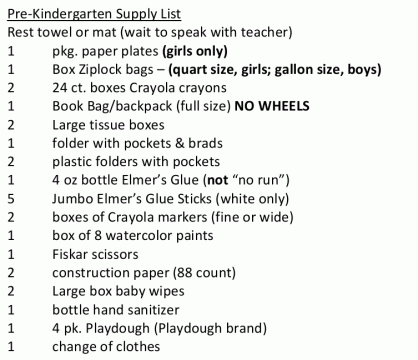A sign of just how far behind I’ve gotten: this one was posted two weeks ago. But censorship never really goes away, so this will remain just as timely until at least the Teen Lit Fest after next (in 2013).
Pete Hautman recently blogged a nice little piece entitled “The Nasty Thing in the Corner.” It’s about censorship, particularly of works aimed at the teen/young adult segment. This one centers around Ellen Hopkins, who was invited to the Teen Lit Fest in Humble, TX (a suburb of Houston which, I might add, I’ve visited many times).
And then some parents read some of Ellen’s books. To say the least, they didn’t like what they read. Quoting Pete’s post:
“[S]everal” parents… objected to having her at the festival. They brought their concerns to the festival organizers, and one (one!) school librarian agreed with their concerns, and recommended to the school superintendent that Ellen be asked not to come. The superintendent went along with the one (one!) librarian’s recommendation. I believe that virtually every other librarian in the Humble ISD was embarrassed and furious over this decision.
… [A] handful of people — the superintendent, the one (one!) librarian, and “several” (three? five?) parents — took it upon themselves to overrule the vast majority of teachers and librarians and students who had chosen one of the most popular YA authors in America to be their headliner.
That is a form of censorship as damaging and inexcusable as setting fire to a library.
Indeed, popularity does not come without its price. It’s a lesson we should all take to heart.
Pete concluded the post by noting his own withdrawal from the festival, as well as that of Melissa de la Cruz, then updates in the following days to note the withdrawals of Tara Lynn Childs and Matt de la Pena.
And then finally just yesterday, this story hit the UPI newswire:
HUMBLE, Texas, Aug. 28 (UPI) — A teen literary festival in Humble, Texas, was canceled after writers protested the removal of best-selling author Ellen Hopkins from the event.
So here’s the lesson to be learned: if you deal in censorship, don’t expect those you are censoring to stick around. Authors are a more tightly-knit group than one might otherwise expect.
I do regret that the rest of Humble, the majority who anxiously awaited the appearance of Ellen Hopkins, have now lost their chance, and in fact, won’t even have a festival to go to. But one should not blame Ellen or the other authors for that. Blame the parents, the librarian (!), and the superintendent (!!) who partook of the vile, censorious acts that led to the withdrawal of Ellen’s invitation. And by all means, let the students learn about censorship from this experience as well.
UPDATE: I’ve just been made aware of Ellen’s own blog containing several entries about the situation, in particular this entry on August 10 and two later entries on August 18 addressing censorship.

